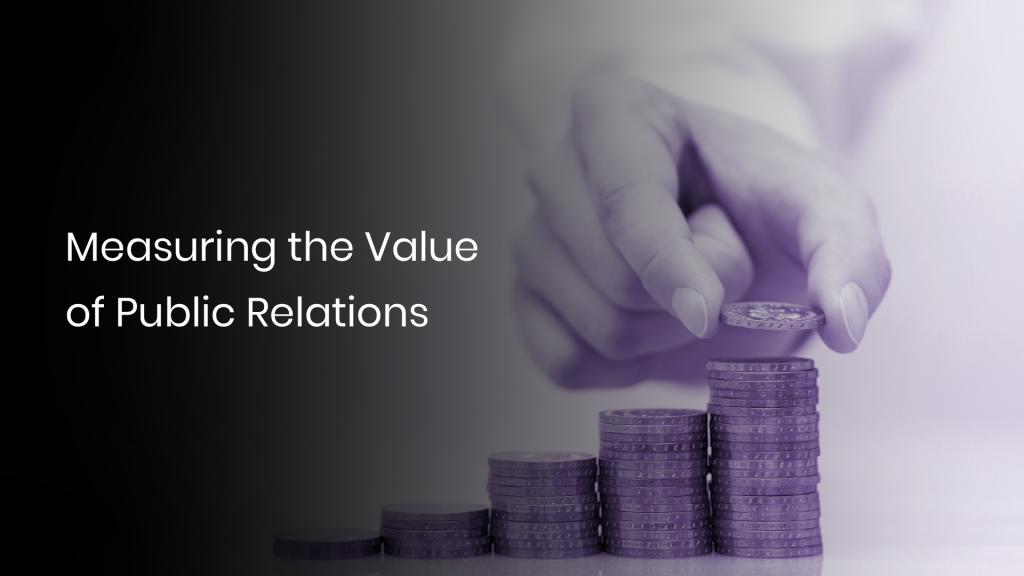Public relations adds value to an organization, but unfortunately, it isn’t always appreciated because it’s not fully understood. Releasd, a coverage report platform, surveyed 300 executives in companies with over a thousand employees. According to the study, more than one-third of respondents did not understand the function of public relations. Of those executives who had a good understanding of communications, 80% thought it delivered value to their organization — the higher the understanding of communications, the greater its perceived value.
I’ve posted blogs on THE rAVe Agency highlighting different public relations functions, such as internal communications, external communications, media relations and crisis communication. I’ve also written about tactics that make up a successful business strategy, including blog writing and using case studies to close leads. There’s even a blog debunking myths surrounding PR professionals and detailing the day-to-day work of the profession. All of these tools are designed with the goal of building a better relationship between a business and its current customers, potential customers and business partners. But how do you measure the effectiveness of the tools, like PR?
It’s challenging to correlate sales to an earned media campaign. There are expensive measurement tools available that will tell you how many pieces of coverage were received, the number of readers it reached, and the estimated ad value. But I’m here to tell you that you don’t need those tools to measure the value of a communications strategy.
The most traditional way to measure the success of public relations is to track the number and quality of press “clippings” that mention your brand. Did you receive multiple placements? Did Forbes pick up your release? Whether a large media outlet or smaller, centralized outlet mentioned your brand, you can estimate your media impressions earned (the number of people who have heard about your brand or announcement) by factoring in the circulation of each publication.
Today’s digital landscape has opened the door to additional measurement metrics. Use trackable links; share your case study, blog or company news through an email campaign; and measure click-through rate (CTR), growth rate, conversion rate, forwarding rate and bounce rate. To expand your reach even further, share your campaign on social media and measure the likes, comments, mentions and shares. And monitor social shares from external profiles, such as journalists, media outlets and industry partners, to track additional metrics.
Common sense metrics determine the true value of public relations. How loud were you? Did you reach the people you targeted? Did their beliefs or behaviors change? A successful campaign positions a company as a thought leader. It can create credibility for your brand and trust in your company. And, most importantly, building awareness for your brand through public relations campaigns leads to changes in behavior. Individuals will be persuaded to buy a product, invest money or take a specific action based on the trust they’ve built through brand recognition.

